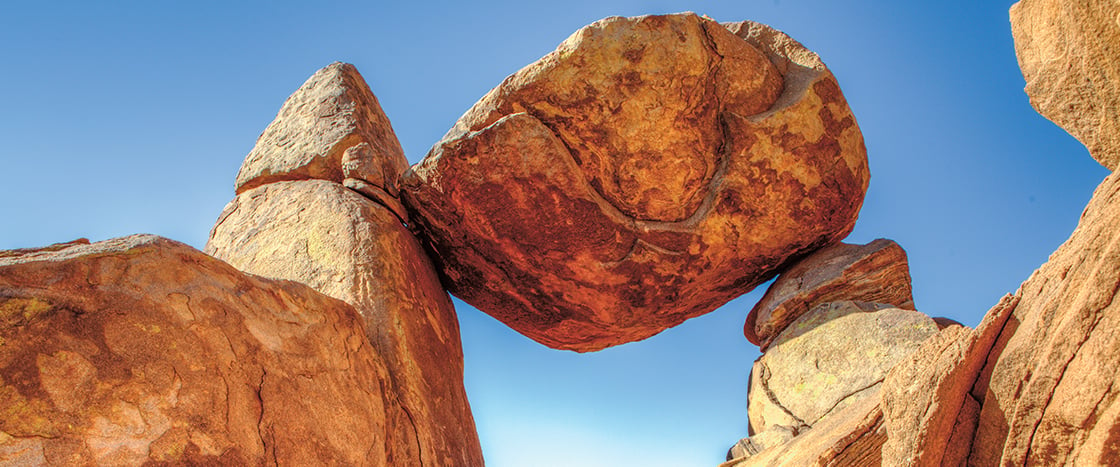A 700-ton boulder tilts at an angle on a small point in Colorado Springs, Colorado. The enormous rock looks like it could tip over at any moment. Yet scientists believe that it may have stood in this position for thousands of years!
This boulder isn’t the planet’s only rock perched in a precarious position. There are many balanced boulders around the world that settled into place because of natural causes. They can form in several ways. In some cases, the rocks were moved into their positions by slow-moving masses of ice called glaciers. Others formed after wind or water wore away parts of rock during a process called weathering (see How Balanced Rocks Can Form).
There’s a 700-ton boulder. It’s in Colorado Springs, Colorado. The rock sits at an angle. Its whole mass rests on a small point. It looks like it could tip over at any second. Yet scientists think it has stood like this for thousands of years!
This isn’t the planet’s only oddly placed rock. There are many balanced boulders found all over the world. They settled into place because of natural causes. Glaciers, slow-moving masses of ice, can push rocks into tilted positions. Other balanced rocks form through weathering. This process happens when wind or water wears away parts of the rock (see How Balanced Rocks Can Form).

